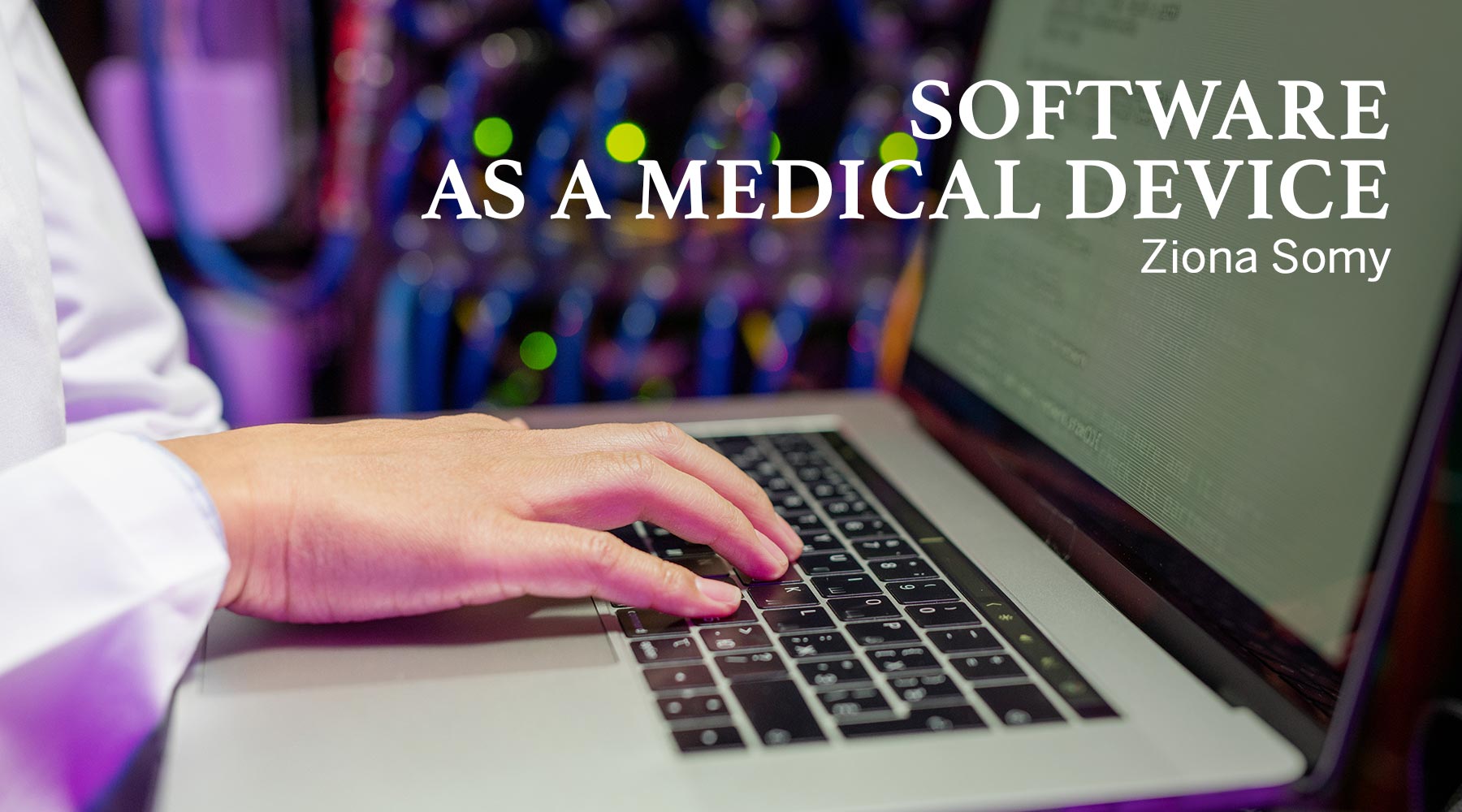The medical field is constantly evolving in both technique and technology. The diagnosis process is vastly different today in comparison to its shaky, unreliable nature merely a century ago. The arrival of the X-Ray in the 1890s and scans such as the CT or MRI scan following in the 1970s, has brought forth a greater sense of security in the practices of the healthcare field. Of course, the field aims to continue growing such confidence, hence why medical technology is constantly being improved and evaluated. One such product of this exponentially increasing pursuit for improvement would be the gradual onset of software as a medical device.
According to the International Medical Device Regulators Forum (IMDRF), software as medical devices is defined as, “software intended to be used for one or more medical purposes that perform these purposes without being part of a hardware medical device.” Integration of computer systems into medical practice has backed up the need for such electronic elements, however as emphasized prior, the software does not have to be included solely for supporting hardware. In fact, it can function as a vital tool by itself. Examples of the tool in action include programs that allow for MRI scans to be pulled up on phones or detection software meant to survey images for diagnosis purposes. Furthermore, it can offer clinical perspectives and provide authorized users with accessible information regarding patients. Such technology is prized for its ever-growing efficiency and the ability for quick analysis via pattern detection and data compilation. Of course, its nature as a machine-bred tool also means that it still remains under the watchful regulations of organizations such as the IMDRF and the healthcare workers or scientists that manage them.
As developers continue to work on software devices to improve accuracy and reliability, the role of software in medicine may continue to expand drastically. What is currently used as a pattern-finding and information-grabbing device may later transform into a self-aware digital assistant capable of providing individuals with concurrent health recommendations, furthering the progression of society into a world that has assimilated artificial intelligence as an expected occurrence. We are truly living in an invaluable moment on the timeline of progression in healthcare technology, a moment in which we should all remain conscientious of the monumental changes around us, lest we blink and miss what is soon to be a remarkable history.
Source:
https://www.fda.gov/medical-devices/digital-health-center-excellence/software-medical-device-samd
https://www.ibm.com/topics/artificial-intelligence-medicine#:~:text=Artificial%20intelligence%20in%20medicine%20is,health%20outcomes%20and%20patient%20experiences.




